Remember when shag carpet was the height of interior design and everyone had that one avocado-colored appliance? The 1970s gave us some truly unforgettable everyday items that defined an era of creative expression and practical innovation. Whether you were cruising in your Chevy Impala, making fondue for dinner guests, or recording your favorite songs off the radio, these iconic objects were reliable companions through the disco decade. Take a trip down memory lane with these 12 quintessential items from the ’70s that you simply couldn’t live without.
1. Tupperware Containers
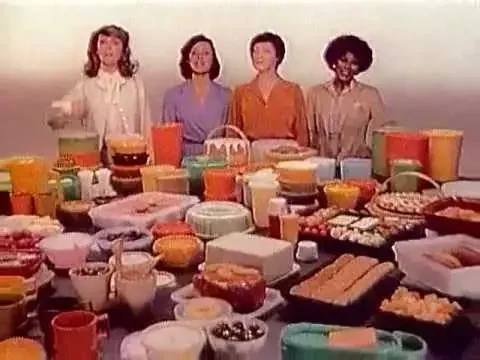
Those colorful plastic containers weren’t just for storing leftovers—they were a cultural phenomenon that brought women together through Tupperware parties across America. The unmistakable “burp” seal became the sound of food preservation for an entire generation, with those harvest gold and burnt orange hues matching perfectly with the decade’s aesthetic. Many of us still have a few pieces lurking in the back of our kitchen cabinets, passed down like precious heirlooms with spaghetti sauce stains that refuse to fade. Although, writes SAYS, Tupperware is determinedly pursuing a comeback and may be finding its footing in this new digital age.
The Tupperware party hostess was somewhat of a neighborhood celebrity, showing off the latest innovations in food storage while neighbors sipped punch and placed orders. The stackable design revolutionized refrigerator organization, while the lifetime guarantee meant these containers would outlast most marriages from that era. Looking back, these plastic wonders represented more than convenience—they symbolized the ingenuity and social connectivity that defined domestic life in the ’70s.
2. Avocado Green Appliances
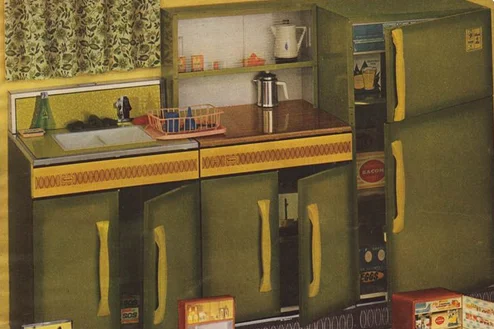
Nothing screams “1970s kitchen” quite like that distinctive avocado green refrigerator standing tall against wood-paneled walls. This iconic color, along with harvest gold and coppertone brown, transformed ordinary appliances into style statements that announced your home was thoroughly modern. The matching set—refrigerator, stove, dishwasher, and even the humble toaster—created a cohesive look that made your neighbors green with envy during dinner parties. So popular was this color that Apartment Therapy lists it as one of the defining colors of the 1970s.
Those appliances were built to last, with many still humming away in basements and vacation homes decades later. The hefty refrigerator doors closed with a satisfying thunk that modern appliances simply can’t replicate, while the gas stoves heated up in seconds with that distinctive whoosh. Many of us secretly miss these colorful workhorses whenever we look at today’s stainless steel kitchens—sterile and efficient, but lacking the personality and warmth of those avocado green beauties.
3. Macramé Plant Hangers
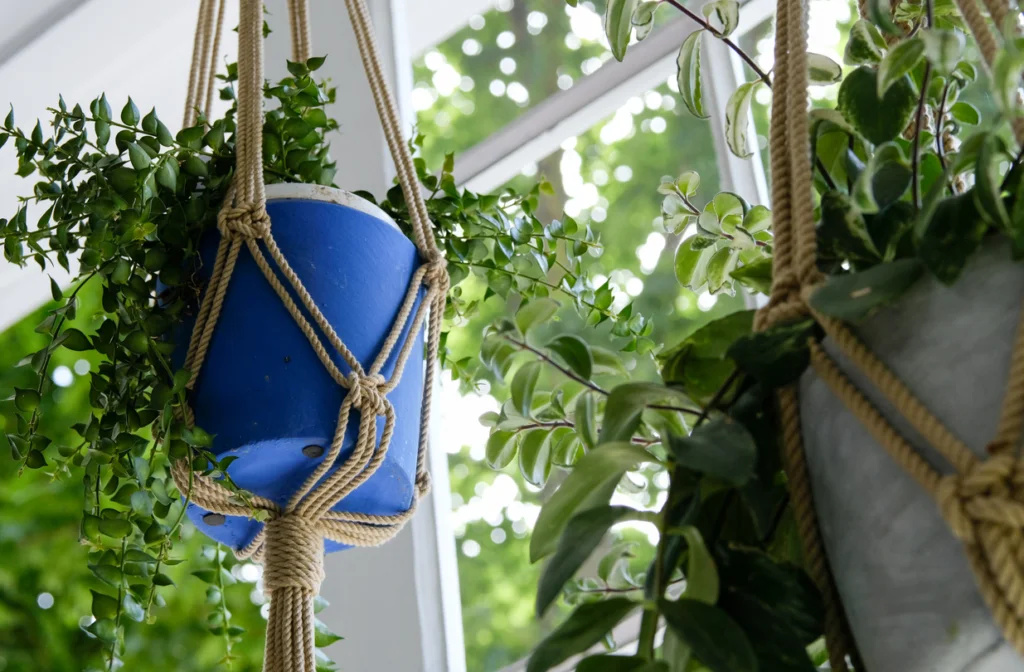
These intricate knotted creations dangled from ceilings everywhere, showcasing sprawling spider plants and trailing pothos in their handcrafted glory. Creating these bohemian hangings became a popular hobby, with craft stores offering countless books and kits for aspiring fiber artists to try their hand at the ancient art of knotting. No living room was complete without at least three of these hanging gardens, preferably displayed in front of a sun-drenched window with wooden beads threaded through the fringe. Excitingly, Vaessen Creative reports, this decorating trend is making a comeback stronger than ever, this time as a hobby.
The natural jute fiber complemented the era’s earth-toned decor perfectly, bringing an organic element into homes increasingly filled with synthetic materials. Those of us who attempted to create our own quickly discovered the art required more patience than anticipated, leaving many with cramped fingers and uneven results. Today, seeing a vintage macramé hanger instantly transports us back to a time when houseplants weren’t just decor but members of the family, lovingly tended under the watchful eye of plant care guides clipped from women’s magazines.
4. 8-Track Tape Players
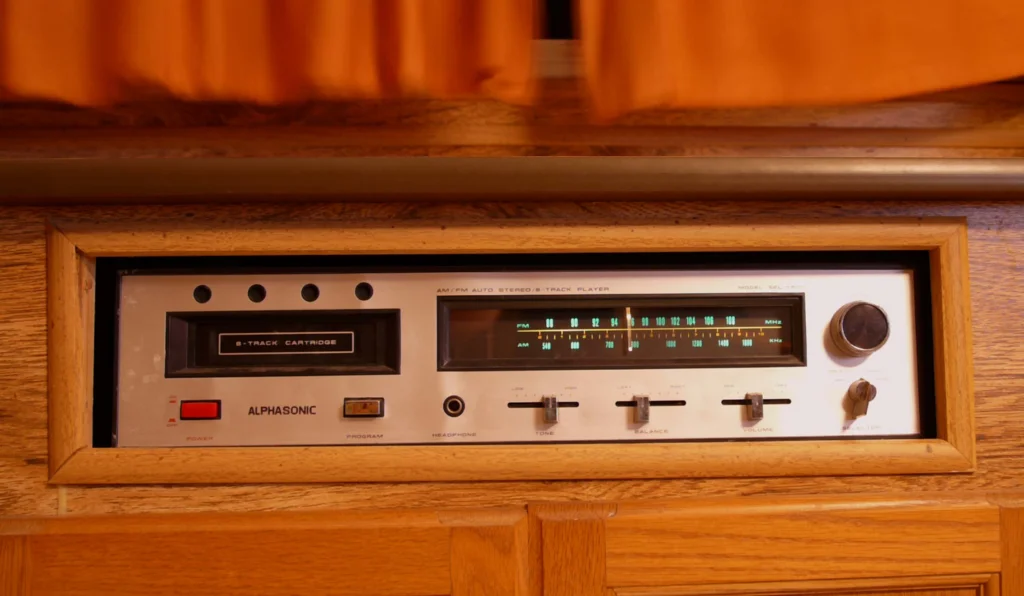
Before cassettes took over, these bulky cartridges delivered our favorite tunes with a distinctive mechanical chunk when they switched tracks mid-song. The car 8-track player represented the height of on-the-road entertainment, allowing drivers to curate their own soundtrack rather than relying on radio DJs to play the hits. Every long road trip featured the familiar sound of tracks changing at the most inconvenient moments—inevitably during the guitar solo of “Free Bird” or right in the middle of “Bohemian Rhapsody.” Over on Hackaday, there are eight-track enthusiasts who are keeping these bits of musical plastic popular one household at a time.
The home 8-track player often took center stage in the living room entertainment center, usually stacked with other components in a massive wooden console. Those rectangular tapes with their limited selection—usually 8-10 songs per cartridge—taught us the value of album-oriented listening rather than today’s single-track consumption. Despite their notoriously poor sound quality and tendency to eat tapes, these players remain powerful symbols of musical freedom for anyone who came of age cruising the streets with Fleetwood Mac blaring from their dashboard.
5. Fondue Sets
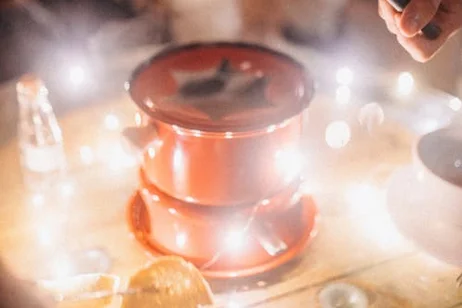
These colorful pots turned melted cheese into a social event, bringing friends together around a communal meal that was as much about the experience as the food itself. No housewarming gift was more appreciated than a complete fondue set, preferably in harvest gold or burnt orange, with color-coded skewers to help guests keep track of their bread chunks. The ritual of spearing crusty bread and swirling it through bubbling Gruyère created countless memories at dinner parties where conversation flowed as freely as the wine that went into the cheese mixture.
The unfortunate souls who dropped their bread into the pot were subject to various “penalties,” from singing a song to kissing the person next to them, adding an element of innocent mischief to dinner gatherings. Beyond cheese, ambitious hosts experimented with chocolate dessert fondues and even hot oil versions for cooking meat, turning every course into an interactive experience. Though most sets now gather dust in attics or thrift stores, the occasional fondue night still brings a wave of nostalgia stronger than the smell of kirsch warming in the pot.
6. Lava Lamps
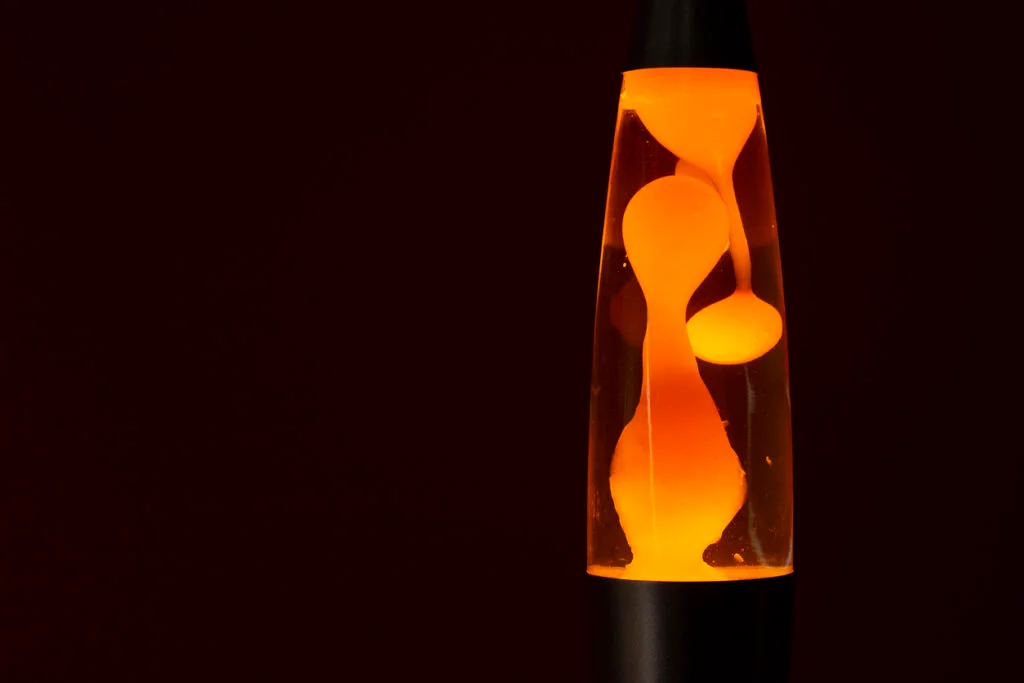
These hypnotic lighting fixtures captivated our attention with their continuously morphing blobs, providing the perfect ambient background for everything from study sessions to make-out sessions. The soothing motion of colored wax rising and falling through the heated liquid created an atmosphere that perfectly matched the era’s fascination with mind-expanding experiences. Available in various color combinations—blue and green for bedrooms, red and yellow for living rooms—these lamps became shorthand for “groovy vibes” in any space they occupied.
The warm glow took nearly an hour to reach full blob-producing potential, teaching impatient teenagers valuable lessons about delayed gratification. Many parents questioned the fascination with what essentially amounted to a lightbulb heating colored wax, but couldn’t deny the calming effect these lamps had on household tensions. While modern LED versions attempt to recapture the magic, those who experienced the originals know there’s something special about the gentle gurgling sound and subtle heat that made these lamps more presence than mere object.
7. Bean Bag Chairs
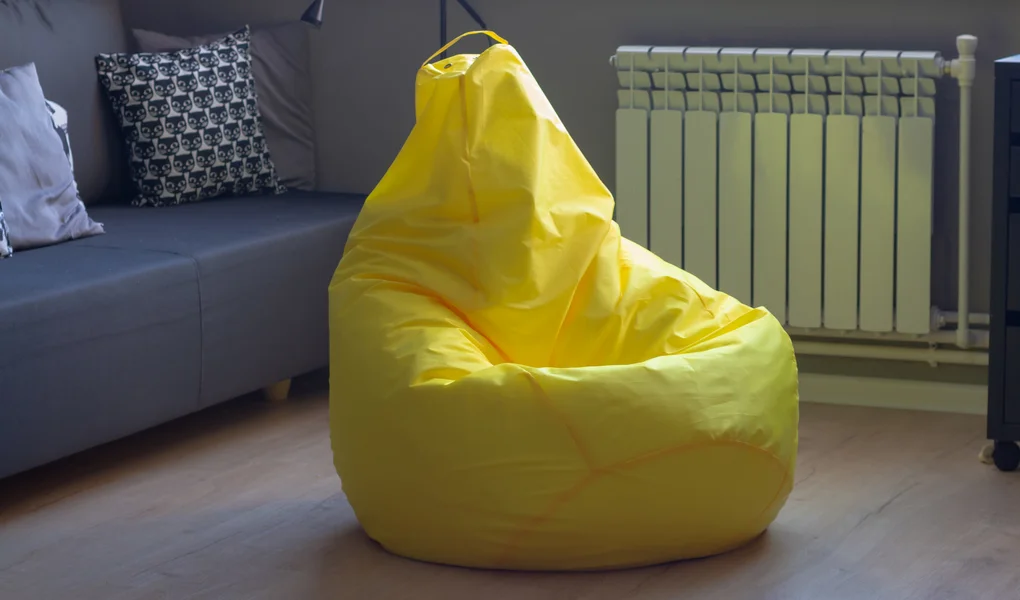
These shapeless wonders represented the ultimate casual seating option, conforming perfectly to your body while simultaneously being impossible to gracefully exit. Available in vibrant vinyl or corduroy covers, these chairs eliminated the formality of traditional furniture and invited lounging in ways our parents’ generation found mildly concerning. The distinct sound of shifting beans announced every movement, making silent snack retrieval during TV shows an impossible mission for teenagers trying to be discreet.
The unfortunate puncture of a bean bag led to one of the decade’s most memorable cleaning disasters, with tiny white pellets clinging to every surface with static electricity that bordered on supernatural. Despite their impracticality, these chairs symbolized the relaxed approach to living that defined the ’70s aesthetic and philosophy. Today’s structured ergonomic seating can’t compare to the simple pleasure of sinking into a fresh bean bag chair, even if getting out required a helping hand and a lack of concern for personal dignity.
8. Wood-Paneled Station Wagons
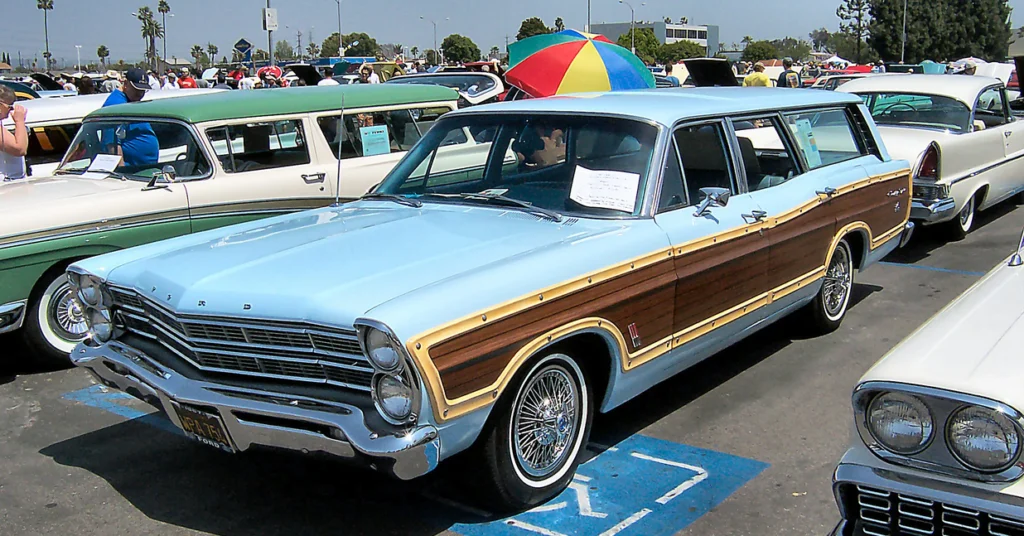
These massive family cruisers dominated suburban driveways, with their distinctive wood-look side panels and rear-facing third seats that made every kid fight for the chance to ride backward. The cavernous cargo space swallowed camping gear, groceries, and sports equipment with room to spare, while the bench seats accommodated large families without today’s concern for individual safety restraints. Those long summer road trips remain etched in our memories—windows down, AM radio playing, and Dad’s arm hanging out the driver’s side window as he navigated without GPS or smartphones.
The distinctive vinyl seats stuck painfully to bare legs during summer drives, creating the unique sound of skin peeling away from upholstery at every rest stop. Holiday journeys involved strategic packing that transformed the rear compartment into a maze of suitcases, presents, and sleeping children who somehow managed to rest despite the lack of air conditioning. Though these gas-guzzling beasts have largely disappeared from roads, their image remains the quintessential symbol of family transportation before minivans and SUVs took over the American driveway.
9. Touch-Tone Phones with Extra-Long Cords
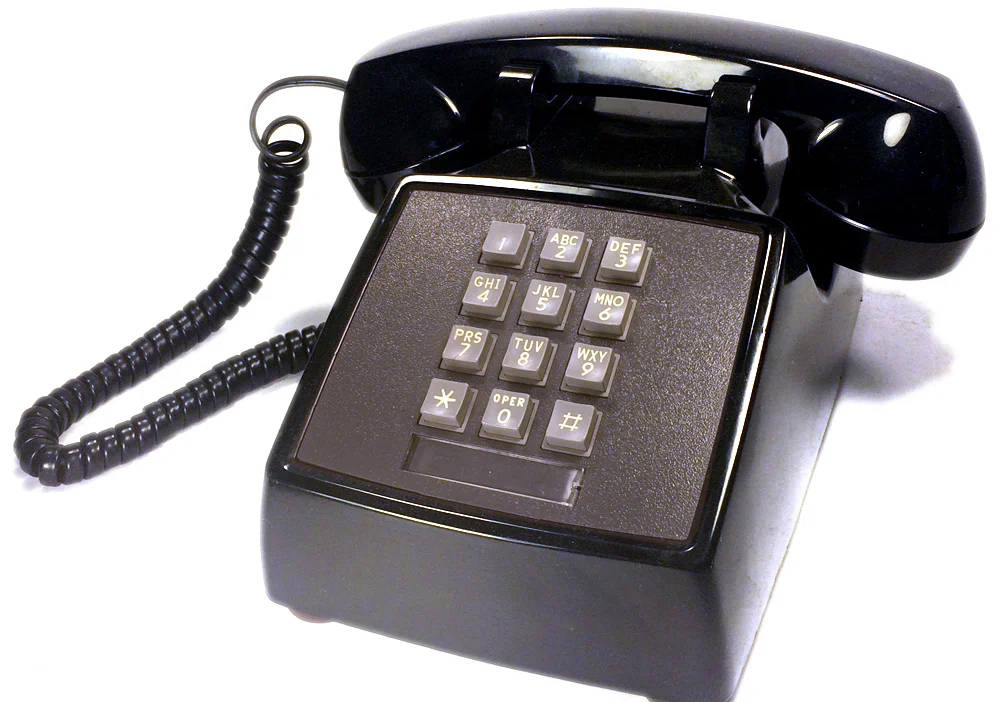
The revolutionary push-button dialing system replaced rotary phones, while increasingly lengthy cords allowed unprecedented mobility during calls. These technological marvels, often mounted on kitchen walls in colors matching the aforementioned avocado appliances, became the communication hub where teenagers spent hours whispering to friends while family members signaled their impatience through exaggerated sighs. The satisfaction of punching those buttons can never be replicated by today’s smooth touchscreens, which lack both the tactile feedback and the satisfying beep that accompanied each number.
The coiled cord, stretched to its limit over years of use, created a twisted mess that somehow extended from kitchen to hallway closet for those “private” conversations away from prying ears. The shared family phone meant developing negotiation skills and timing calls strategically to avoid parental monitoring or sibling eavesdropping. Today’s kids will never know the thrill of finally getting their own phone line installed in their bedroom—a status symbol that ranked just below getting your driver’s license in the teenage hierarchy of independence.
10. Polaroid Instant Cameras
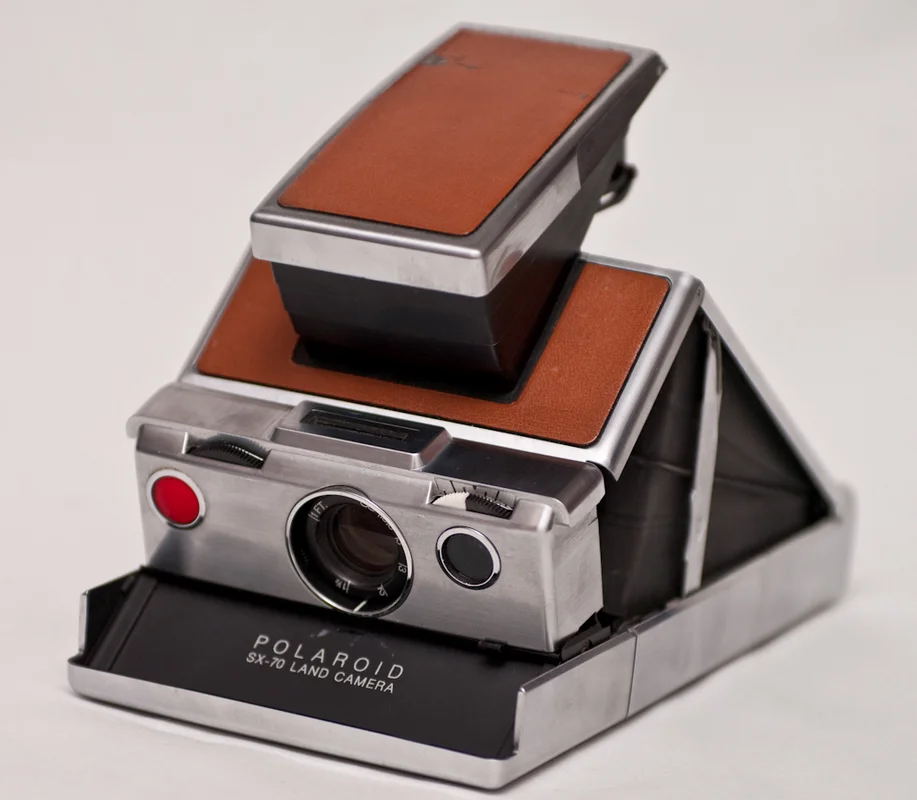
These magical devices delivered photographs before our eyes, eliminating the week-long wait at the photo counter and forever changing how we documented our lives. The distinctive whirring sound as the camera ejected a blank square created a pavlovian response of excitement, gathering friends around to watch the image slowly materialize like a developing memory. The ritual of shaking the photo (despite manufacturer warnings against it) became second nature, as did the careful labeling of each white-bordered memory with dates and names written in ballpoint pen.
The limited number of exposures per film pack taught valuable lessons about selecting photo-worthy moments rather than capturing everything in sight. Birthday parties, proms, and family vacations produced carefully curated collections that ended up in magnetic photo albums or displayed on refrigerator doors with colorful magnets. Though digital photography offers instant results with better quality, it can’t replicate the anticipation of watching a Polaroid image slowly reveal itself—a metaphor for memory itself taking shape before our eyes.
11. CB Radios
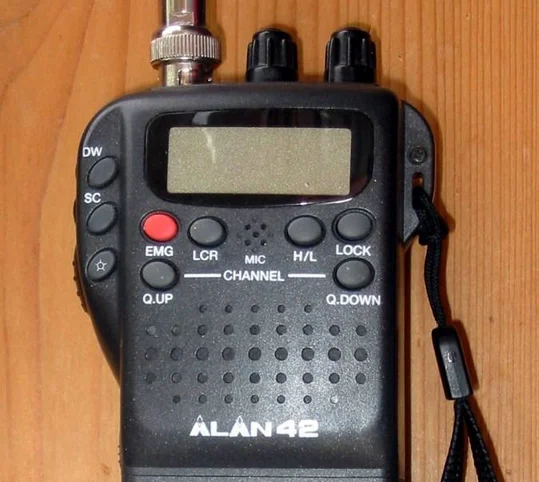
These communication devices turned ordinary drivers into members of a nationwide community, complete with colorful handles and specialized lingo that made everyday conversations feel like covert operations. The friendly “Breaker 1-9” call signaled the start of conversations between strangers connected only by proximity on the highway and a shared appreciation for this new form of social networking. During long road trips, the CB provided entertainment, safety information about speed traps, and directions long before smartphones put navigation systems in everyone’s pocket.
Installing a CB in your vehicle announced your embrace of counterculture while simultaneously providing practical benefits like traffic updates and potential roadside assistance. The massive antennas attached to car trunks functioned as status symbols, with serious enthusiasts investing in ground plane systems that required drilling holes in their vehicle’s body. While today’s travelers rely on impersonal apps for traffic updates, those who experienced the camaraderie of the CB era remember how technology once brought strangers together rather than isolating them in algorithmic bubbles.
12. Console Television Sets
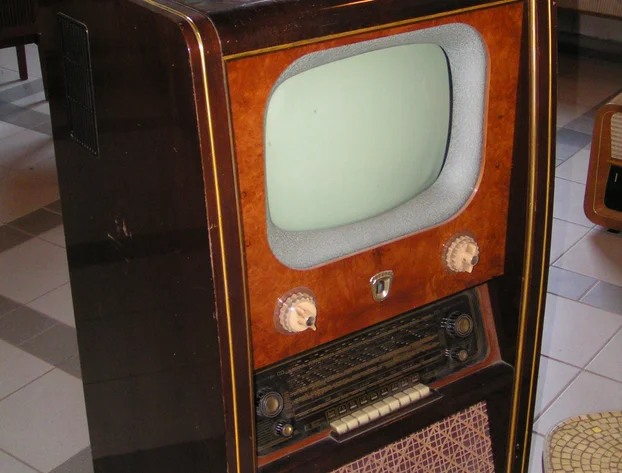
These massive wooden cabinets dominated living rooms across America, combining television, radio, and record player into furniture pieces substantial enough to support family photos and decorative knickknacks. The wood-paneled exteriors matched other furniture while concealing the technology inside, creating an aesthetic harmony that today’s wall-mounted screens can’t achieve. The ritual of adjusting rabbit ear antennas wrapped in aluminum foil became a specialized skill, with family members taking turns holding positions that mysteriously improved reception during important programs.
The limited channel selection meant shared viewing experiences that brought families together for appointment television that became cultural touchstones. The console’s substantial presence required family room layouts to accommodate its dominance, often angling furniture toward this entertainment altar where families gathered for evening news and Saturday morning cartoons. Turning the heavy channel knob with a satisfying chunk and fine-tuning with the UHF dial created a physical connection to entertainment choices that downloading and streaming can never replicate, no matter how convenient they may be.
The objects that filled our homes in the 1970s did more than just serve practical purposes—they shaped our interactions, defined our aesthetics, and created the backdrop for our most treasured memories. While many have been relegated to attics, thrift stores, or landfills, their influence remains in our design sensibilities and nostalgic preferences. Next time you reach for your wireless earbuds or ask your smart speaker to play music, spare a thought for these technological ancestors that required more physical interaction but perhaps created more meaningful connections because of it. After all, as convenient as our modern gadgets may be, they rarely come in avocado green with wood paneling.


